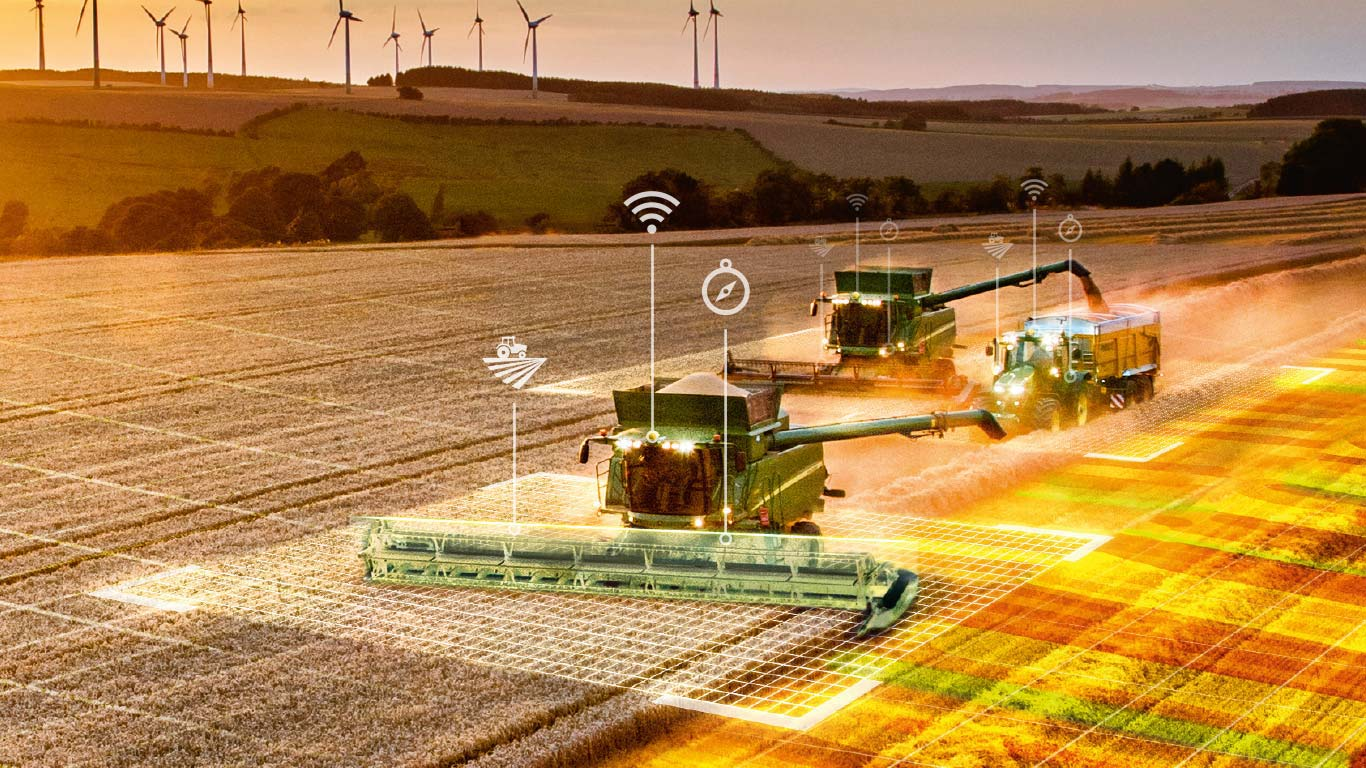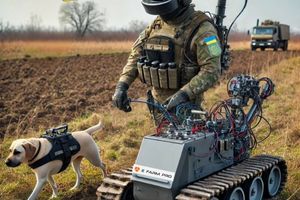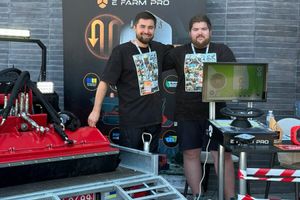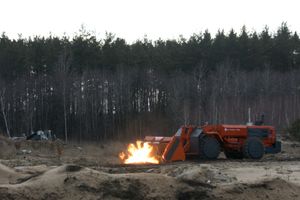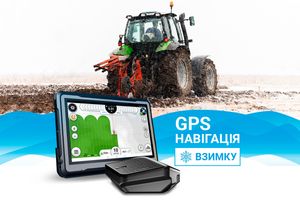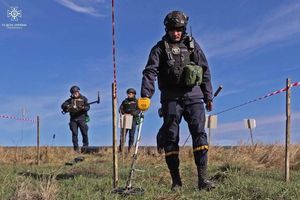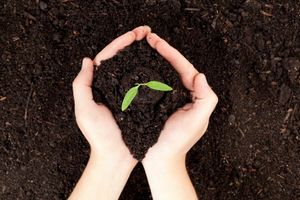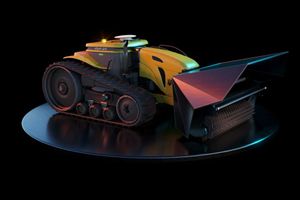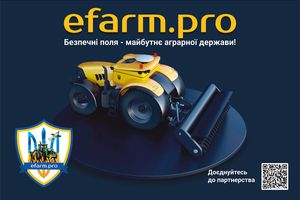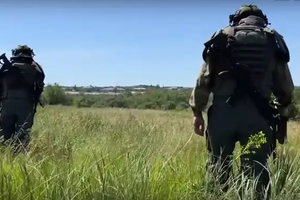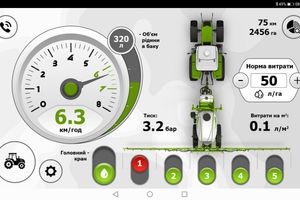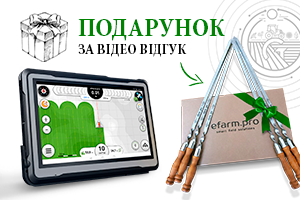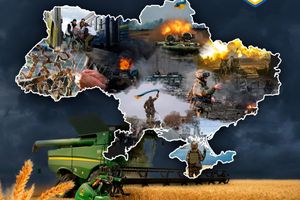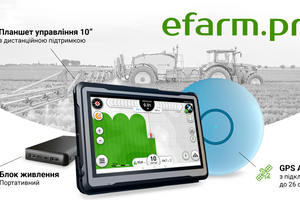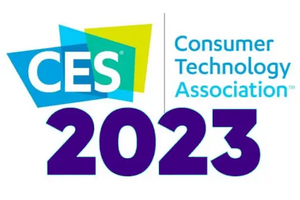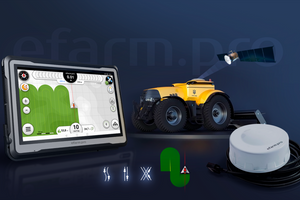Precision Agriculture (PA) has become an important tool for modernizing the agricultural sector, enhancing its efficiency, and reducing environmental impact. This concept involves the use of advanced technologies such as GPS, drones, satellite data, the Internet of Things (IoT), artificial intelligence (AI), and robotics to optimize the management of agricultural processes.
Global Experience in Precision Agriculture
Experience in the USA
In the United States, precision agriculture is widely implemented through the active use of variable rate technology (VRT), yield monitoring systems, and robotic harvesting systems. Companies like John Deere have introduced autonomous tractors capable of independently performing sowing, cultivation, and harvesting using GPS and AI data. These technologies help reduce fuel costs, decrease the use of chemicals, and increase yields by 5-10%.
Additionally, American farmers actively use drones to monitor fields, allowing them to detect problem areas at early stages and respond promptly. This helps reduce crop losses by 10-15% and improves overall productivity.
European Experience
European countries like Germany, France, and the Netherlands also actively implement precision agriculture with a focus on sustainable development. For example, in Germany, farmers use satellite systems to monitor soil moisture and crop conditions, allowing them to more accurately determine the optimal time for irrigation and fertilization. This leads to a 20-30% reduction in water usage and a 5-8% improvement in yields.
In the Netherlands, a country with limited land resources, farmers use vertical farms and autonomous greenhouses where AI-based systems control light, temperature, and humidity levels. This allows for the most efficient use of available resources and enables year-round crop production.
Experience in the United Kingdom
In the United Kingdom, robotic systems for field care are actively developing. Small Robot Company uses robots capable of monitoring the condition of plants and soil, analyzing data, and making decisions on the precise application of fertilizers and pesticides. This reduces chemical use by 50% and lowers crop maintenance costs.
Additionally, the UK is actively adopting IoT systems for real-time field monitoring, which increases the accuracy of yield forecasting and optimizes resource use.
Directions for the Development of Precision Agriculture in Ukraine
Ukraine has already made some progress in implementing precision agriculture, but certain areas require greater automation and integration of foreign experience. The main areas that need attention include:
-
Automation of data management processes: It is necessary to implement platforms for data analysis, similar to those used in the USA and Europe. This will help better understand the state of the fields, predict yields, and reduce costs.
-
Robotics in processing and harvesting: Integrating American and British experience in this field will help increase the productivity of Ukrainian farms and reduce production costs.
-
Expansion of IoT usage: Scaling IoT technologies in Ukraine will help improve the monitoring and management of agricultural processes, contributing to increased yields and reduced environmental impact.
Forecast for the Development of Precision Agriculture in Ukraine for the Next 5-10 Years
If Ukraine actively implements precision agriculture technologies, it could significantly enhance the efficiency of the agricultural sector. According to forecasts, the integration of GPS, drones, AI, and robotics technologies could lead to:
- A 15-20% increase in yield due to more precise field monitoring and management.
- A 25-30% reduction in fertilizer and pesticide costs due to variable rate application and accurate determination of plant needs.
- A 20-25% reduction in water usage through more accurate soil moisture monitoring and automated irrigation.
- A 10-15% increase in production profitability due to cost reduction and yield improvement.
These figures are particularly important in the context of the ongoing conflict in Ukraine, as they allow for the optimization of limited resources and a reduction in dependence on external supplies. Peaceful precision agriculture technologies, such as drones and satellite systems, can be used not only for agricultural needs but also for territory monitoring, damage assessment, and humanitarian aid coordination.
Conclusion
The implementation of precision agriculture in Ukraine has enormous potential for improving the efficiency of the agricultural sector. Integrating the experience of the USA, Europe, and the United Kingdom, along with the active use of modern technologies, will not only increase yields and reduce costs but also contribute to the country's recovery and development amid ongoing conflict. Over the next 5-10 years, these technologies could become a key factor in the sustainable development of Ukrainian agriculture, ensuring food system stability and economic growth.

